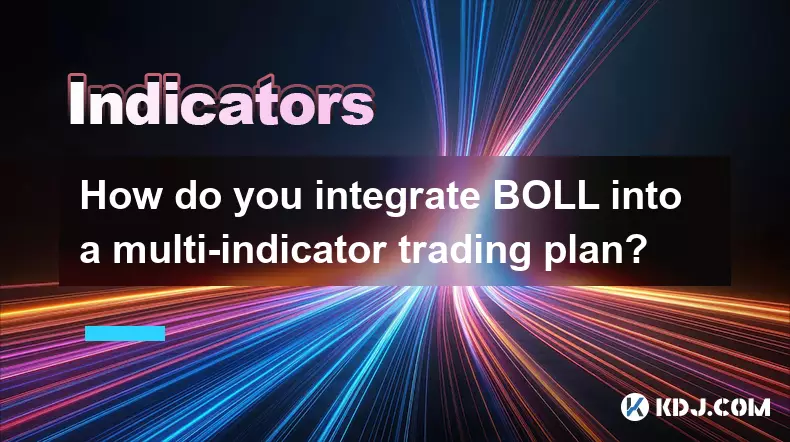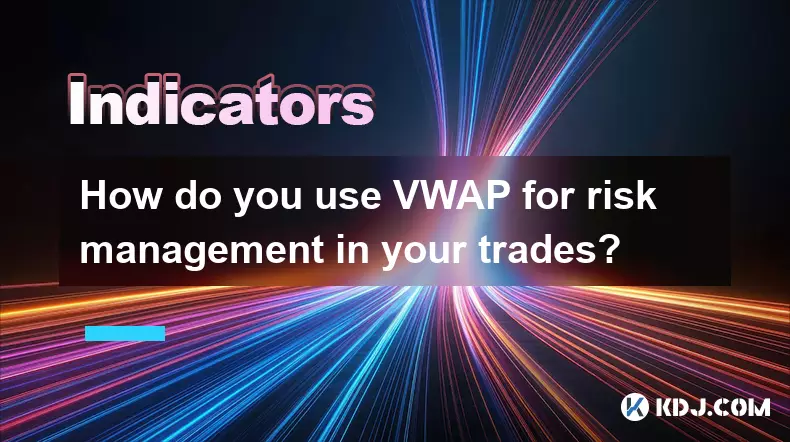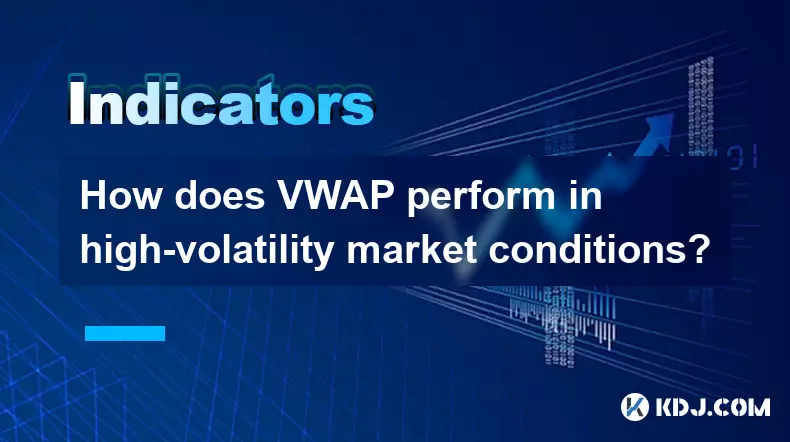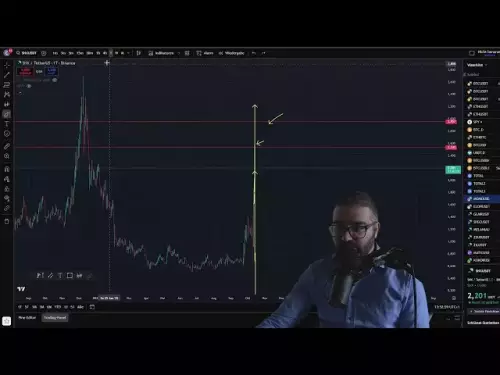-
 bitcoin
bitcoin $115692.075601 USD
5.13% -
 ethereum
ethereum $4162.931611 USD
11.68% -
 bnb
bnb $1310.063287 USD
17.56% -
 tether
tether $1.000983 USD
0.00% -
 xrp
xrp $2.534505 USD
8.16% -
 solana
solana $198.235737 USD
13.49% -
 usd-coin
usd-coin $1.000236 USD
0.02% -
 dogecoin
dogecoin $0.207352 USD
12.89% -
 tron
tron $0.323043 USD
3.62% -
 cardano
cardano $0.701559 USD
11.88% -
 hyperliquid
hyperliquid $39.924597 USD
8.30% -
 chainlink
chainlink $18.934457 USD
11.56% -
 ethena-usde
ethena-usde $1.000552 USD
0.02% -
 stellar
stellar $0.340575 USD
7.05% -
 bitcoin-cash
bitcoin-cash $545.011757 USD
8.86%
How do you integrate BOLL into a multi-indicator trading plan?
Bollinger Bands help gauge volatility and price extremes, with the "squeeze" signaling potential breakouts—especially powerful when confirmed by volume and MACD.
Oct 13, 2025 at 11:54 am

Understanding BOLL and Its Role in Market Analysis
1. The Bollinger Bands (BOLL) indicator consists of three lines: the middle band, typically a 20-day simple moving average; the upper band, which is two standard deviations above the middle band; and the lower band, two standard deviations below. These bands dynamically expand and contract based on market volatility, offering visual cues about price extremes and potential reversals.
2. Traders use BOLL to identify overbought and oversold conditions. When the price touches or moves outside the upper band, it may signal overbought territory, suggesting a potential pullback. Conversely, when the price hits or dips below the lower band, it could indicate oversold conditions, hinting at a possible upward correction.
3. One of the core strengths of BOLL lies in its ability to reflect volatility. During periods of low volatility, the bands narrow, often preceding significant price breakouts. This 'squeeze' phenomenon is closely watched by traders as it frequently precedes high-momentum moves, making it an essential component in anticipating market acceleration.
4. While BOLL provides valuable insights into price behavior, relying solely on it can lead to false signals, especially in trending markets where prices may remain near one band for extended periods. That's why integrating BOLL with other technical tools enhances reliability and reduces risk.
Combining BOLL with RSI for Confirmation Signals
1. The Relative Strength Index (RSI) complements BOLL by measuring momentum and identifying divergences. When the price reaches the upper BOLL band and the RSI reads above 70, this confluence strengthens the case for a short-term reversal or pullback. Similarly, if the price touches the lower band while RSI is below 30, it reinforces a potential bullish bounce.
2. A divergence between price action and RSI—such as price making new highs near the upper band while RSI fails to surpass its prior peak—can signal weakening momentum, even if the trend appears strong. This hidden bearish divergence adds depth to BOLL-based decisions.
3. In ranging markets, the combination works particularly well. For example, a trader might wait for the price to touch the lower BOLL band and simultaneously observe RSI crossing up from oversold levels before entering a long position. This dual confirmation increases confidence in trade execution.
4. It’s important to adjust RSI settings depending on the asset and timeframe. On shorter timeframes in volatile crypto markets, using a 14-period RSI may generate too many whipsaws; reducing it to 9 or increasing it to 21 can filter out noise while preserving signal quality.
Leveraging MACD Alongside BOLL for Trend Validation
1. The Moving Average Convergence Divergence (MACD) helps determine trend direction and strength. When BOLL indicates a volatility squeeze and the MACD histogram begins expanding after a period of contraction, it often marks the start of a powerful move. This synergy allows traders to enter early during breakout phases.
2. If the price breaks above the upper BOLL band during a bullish MACD crossover (signal line crossed upward), the probability of continuation increases. This alignment suggests both momentum and volatility are shifting in favor of buyers.
3. Conversely, when the price falls below the lower band and the MACD crosses bearishly, it confirms downward pressure. Such setups are common during sharp corrections in cryptocurrency markets, where sentiment shifts rapidly.
4. Traders should watch for MACD centerline crossovers in conjunction with BOLL expansions. A move back above the zero line while the bands widen confirms strengthening bullish momentum, offering a robust entry point within a broader uptrend.
Using Volume Indicators to Strengthen BOLL Setups
1. Volume plays a critical role in validating BOLL signals. A breakout from a BOLL squeeze accompanied by a spike in trading volume increases the likelihood that the move is genuine rather than a false breakout. In the crypto space, where manipulation is not uncommon, volume acts as a truth filter.
2. When price approaches the upper band on declining volume, it may suggest lack of conviction among buyers, raising caution against opening long positions. On the flip side, strong volume pushing price toward the lower band could indicate panic selling, potentially setting up a contrarian opportunity.
3. On-chain volume metrics for cryptocurrencies—such as exchange inflows/outflows or stablecoin transfer volumes—can further enrich analysis. For instance, a drop in exchange inflows during a dip to the lower BOLL band may imply holders aren’t selling, supporting a rebound thesis.
Integrating volume-weighted moving averages (VWAP) with BOLL offers institutional-grade context, especially on higher timeframes where smart money activity becomes more visible.Frequently Asked Questions
What does a BOLL squeeze indicate in crypto trading?A BOLL squeeze occurs when the upper and lower bands come close together, signaling low volatility. In cryptocurrency markets, this often precedes a sharp price movement. Traders monitor these compressions closely, preparing for breakout entries once price clears either band with volume confirmation.
Can BOLL be used effectively in strong trending markets?Yes, but with caution. In strong trends, prices can ride along the upper or lower band for extended periods. Using BOLL alone may result in premature counter-trend trades. Combining it with trend-following indicators like ADX or MACD helps distinguish between sustainable momentum and exhaustion.
How do you adjust BOLL settings for different crypto timeframes?On shorter timeframes like 15-minute charts, reducing the period from 20 to 10 and standard deviation from 2 to 1.5 can make BOLL more responsive. For daily or weekly views, sticking to default settings or slightly widening deviations helps avoid excessive noise while capturing macro swings.
Disclaimer:info@kdj.com
The information provided is not trading advice. kdj.com does not assume any responsibility for any investments made based on the information provided in this article. Cryptocurrencies are highly volatile and it is highly recommended that you invest with caution after thorough research!
If you believe that the content used on this website infringes your copyright, please contact us immediately (info@kdj.com) and we will delete it promptly.
- XRP Price Prediction: Weekend Rollercoaster or Rally?
- 2025-10-12 08:45:16
- Bittensor (TAO): Super Bullish Signals Point to Potential 2x Rally
- 2025-10-11 10:25:12
- Silver Price Correction: Navigating the Dip & Identifying Key SEO Keywords
- 2025-10-11 10:25:12
- Decoding Crypto Trends: Bittensor's Bull Run, Cardano's Dip, and LivLive's Presale Buzz in 'Uptober 2025'
- 2025-10-12 08:45:16
- MoonBull: The Crypto Meme Coin Promising 1000x Gains?
- 2025-10-11 10:30:01
- Crypto Payroll Revolution: Stablecoins, Altcoins, and the Future of Salary Payments
- 2025-10-11 10:30:01
Related knowledge

What's the main difference between VWAP and TWAP?
Oct 12,2025 at 11:54am
Understanding VWAP and Its Role in Crypto Trading1. Volume Weighted Average Price (VWAP) is a trading benchmark that calculates the average price of a...

How do you identify exhaustion moves using VWAP and its bands?
Oct 12,2025 at 08:00am
Understanding the Role of Decentralized Exchanges in Crypto Trading1. Decentralized exchanges (DEXs) operate without a central authority, allowing use...

What are the main advantages of using VWAP over EMA?
Oct 11,2025 at 02:18am
Main Advantages of Using VWAP Over EMA1. Volume-Weighted Average Price (VWAP) incorporates trading volume into its calculation, offering a more accura...

How do you use VWAP on different chart types like Heikin Ashi?
Oct 11,2025 at 05:01pm
Understanding VWAP in the Context of Heikin Ashi Charts1. The Volume Weighted Average Price (VWAP) is a powerful analytical tool commonly used by trad...

How do you use VWAP for risk management in your trades?
Oct 11,2025 at 02:54am
Understanding VWAP as a Dynamic Benchmark1. The Volume Weighted Average Price (VWAP) serves as a crucial reference point in intraday trading by reflec...

How does VWAP perform in high-volatility market conditions?
Oct 10,2025 at 08:00pm
Understanding VWAP in Turbulent Market Phases1. Volume-Weighted Average Price (VWAP) serves as a benchmark for institutional traders aiming to assess ...

What's the main difference between VWAP and TWAP?
Oct 12,2025 at 11:54am
Understanding VWAP and Its Role in Crypto Trading1. Volume Weighted Average Price (VWAP) is a trading benchmark that calculates the average price of a...

How do you identify exhaustion moves using VWAP and its bands?
Oct 12,2025 at 08:00am
Understanding the Role of Decentralized Exchanges in Crypto Trading1. Decentralized exchanges (DEXs) operate without a central authority, allowing use...

What are the main advantages of using VWAP over EMA?
Oct 11,2025 at 02:18am
Main Advantages of Using VWAP Over EMA1. Volume-Weighted Average Price (VWAP) incorporates trading volume into its calculation, offering a more accura...

How do you use VWAP on different chart types like Heikin Ashi?
Oct 11,2025 at 05:01pm
Understanding VWAP in the Context of Heikin Ashi Charts1. The Volume Weighted Average Price (VWAP) is a powerful analytical tool commonly used by trad...

How do you use VWAP for risk management in your trades?
Oct 11,2025 at 02:54am
Understanding VWAP as a Dynamic Benchmark1. The Volume Weighted Average Price (VWAP) serves as a crucial reference point in intraday trading by reflec...

How does VWAP perform in high-volatility market conditions?
Oct 10,2025 at 08:00pm
Understanding VWAP in Turbulent Market Phases1. Volume-Weighted Average Price (VWAP) serves as a benchmark for institutional traders aiming to assess ...
See all articles










































































